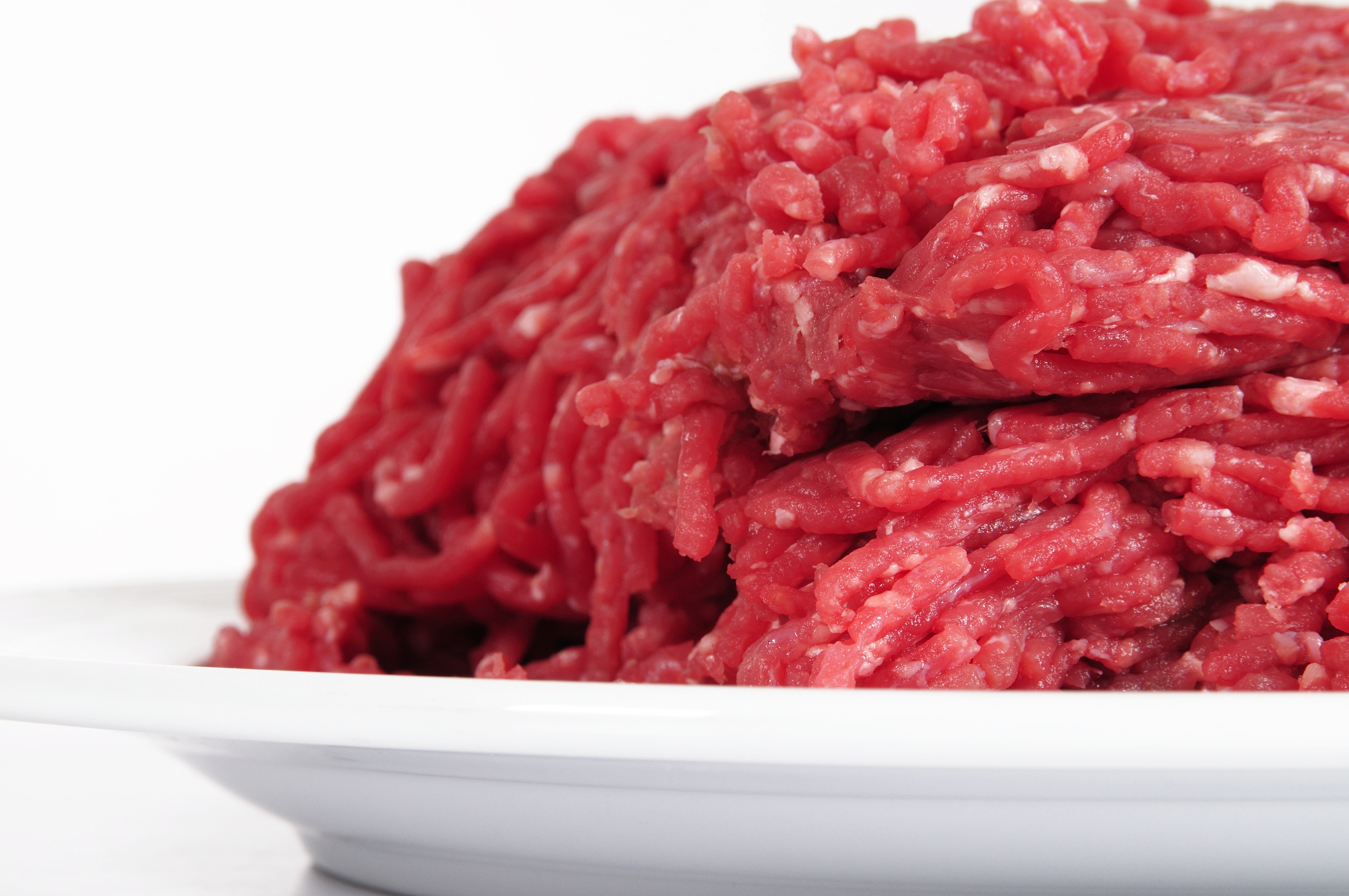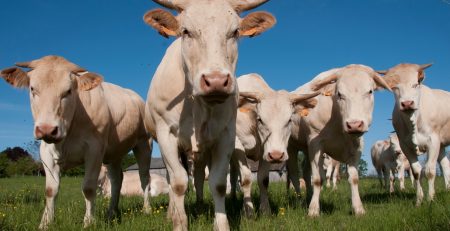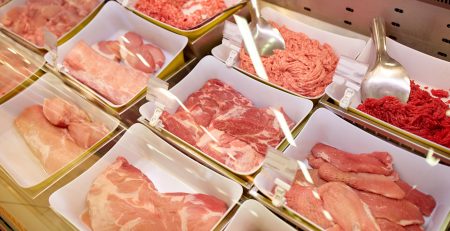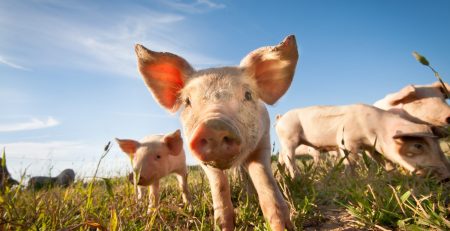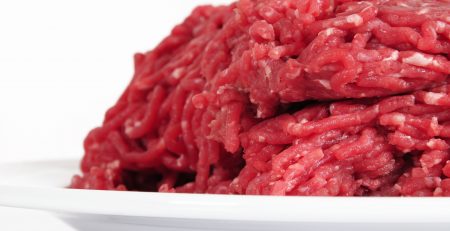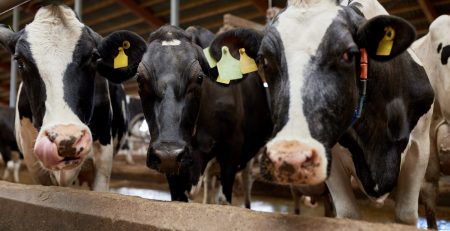Executive Order No Quick Fix For Bottlenecks
Cattle and pork industry groups praised President Trump’s executive order this week invoking the Defense Production Act to mandate that packing plants continue to function. It was a sign of support from the administration and acknowledgement that America’s protein industries are in crisis.
Unfortunately, Trump’s order will do little to ease the bottleneck currently plaguing beef and pork producers. Packing plants can’t magically return to 100% capacity overnight. The coronavirus pandemic has already inflicted its wrath on America’s protein industries and the recovery will be slow. Slower still if you have cattle and hogs that need to be harvested.
Kansas Senator Jerry Moran may have helped influence Trump to issue his executive order as he spoke by phone with the President last week to underscore the magnitude of the crisis. Yet, Moran acknowledged the harsh realities of the pandemic during an interview with AgDay’s Clinton Griffiths this week.
The executive order can’t force people to work, and many packing plant workers believe reporting to work in the current environment is placing their health at risk. Moran acknowledged as much.
“We have to have a safe workforce, and that workforce has to feel comfortable going to work,” he said. “It doesn’t mean that with the signature of a pen that everything is fine.”
Iowa State University economist Lee Schulz told U.S. Farm Report’s Tyne Morgan safety measures are necessary to resolve the worker-packer impasse.
“Ordering a state packing plant to stay open and for that packing plant to operate are two very different things, because it is very reliant on the labor force to operate that packing plant,” Schulz said. “We can’t necessarily make those workers work, but if they are available to do work, and I think the more resources that we can get to help resolve the situation in the form of safety measures in the form of testing, that will allow us to potentially move to getting these packing plants either back on line or getting up to capacity level that allows us to move our hogs through.”
This week’s hog slaughter is running about 40% below (558,000 head fewer) the same week a year ago. The week’s cattle harvest is similar, with about 40% fewer (140,000 head) than the same week year ago. Industry analysts estimate over 500,000 head of cattle are backlogged in feedyards now, and the number will continue to grow until harvest plants are back to running at 100%. Some analysts believe it will be June before the plants are back to full strength, and the implications are that the backlog will linger over the market for months.
As dire as the situation is for beef producers, it’s worse for pork producers. They’ve suffered more plant closings and more significant harvest reductions than beef. Some producers are facing the grim inevitability of euthanizing hogs they’ve raised from birth.
While the financial and emotional stress the coronavirus crisis has placed on livestock producers can’t be overstated, the damage to the beef and pork industries goes far beyond the losses absorbed this spring. Soon, the packing industry will face the wrath of a disgruntled workforce, likely in the form of a string of class-action lawsuits. Trump’s executive order specifically addressed limiting the liability of packing companies from employees who become sick with COVID-19, but many question if such an order is fail-safe.
“Reopening meat processing plants — even though they’re virus hot spots — raises a tangle of liability issues that could keep courts and trial lawyers busy for years,” Axios managing editor Jennifer Kingson reports.
Lawyers say the meat packers being forced to reopen plants — like Tyson Foods, Conagra, Smithfield Foods, JBS and Cargill — could face a range of legal challenges if their workers get sick.
“The overwhelming majority of the workforce could have worker’s comp claims,” David Domina, a trial practice lawyer in Omaha, tells Axios.
While the major packers assemble their legal teams to respond to worker complaints, they’ll need to do the same to respond to producer complaints.
While the anger and frustration with packers is mild on the pork side, cattlemen are set to break out the torches and pitchforks. Even before the coronavirus crisis, many cattle producers saw America’s Big 4 packers – who control 80% of beef production – as an immovable force controlling the price of cattle while generating huge profits for themselves. Lawsuits were filed last year alleging price manipulation by the Big 4, and this spring’s market reaction to the coronavirus only provided further evidence of such to many producers.
Now, the Big 4 also face a growing chorus from producers that the federal government must intervene and breakup their stranglehold on cattle markets. This week R-CALF USA sent a letter to President Trump and Congressional leaders asking them to investigate “whether a physical and geographical restructuring of the meatpacking industry is required to disaggregate and decentralize beef processing capacity.”
But that’s for later. Right now beef and pork producers want the plants open. They need a home for market-ready cattle and hogs for markets to begin returning to some semblance of normal. The most immediate fix is extra pay for line workers along with improved working conditions including PPE and testing.
Most packers have already announced worker bonuses tied to attendance, but Tyson Foods announced Wednesday it would double bonuses paid to 116,000 frontline workers and truck drivers during the coronavirus pandemic. That would total roughly $120 million, starting with $500 per worker in early May, followed by a second bonus paid in July.
That’s a step in the right direction to keep the plants running, though it provides little solace to cattle and hog producers who have watched packer margins jump to record highs this spring while struggling to keep their livestock enterprises afloat.
For all the strain and stress from the coronavirus crisis, Purdue University agricultural economist Jayson Lusk says it has also open up consumers eyes to just how much the food system is reliant upon a solid supply chain.
“It’s opened our eyes to how much we depend on farmers and on a well-functioning food supply chain,” Lusk says. “That includes those processors in the middle, in how much we count on the fact that we’re well-fed. We’ve just taken food security for granted. And hopefully people will come away from this with a greater appreciation of just how intricate and how much work goes into supplying a bountiful and secure supply of food.”
Content within the Farm Journal Forum is the property of Farm Journal, Inc and protected by copyright.